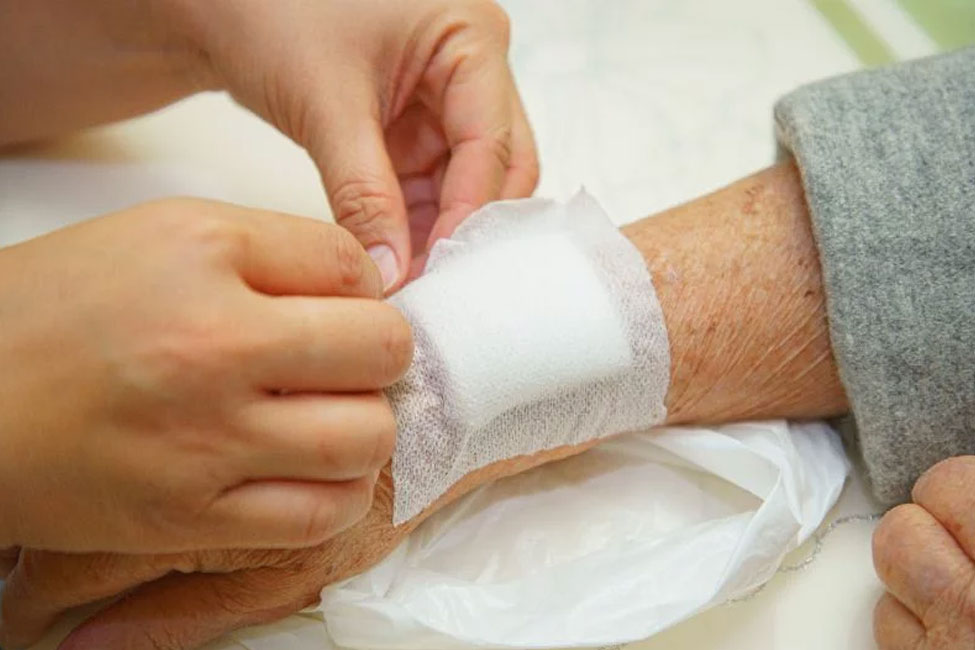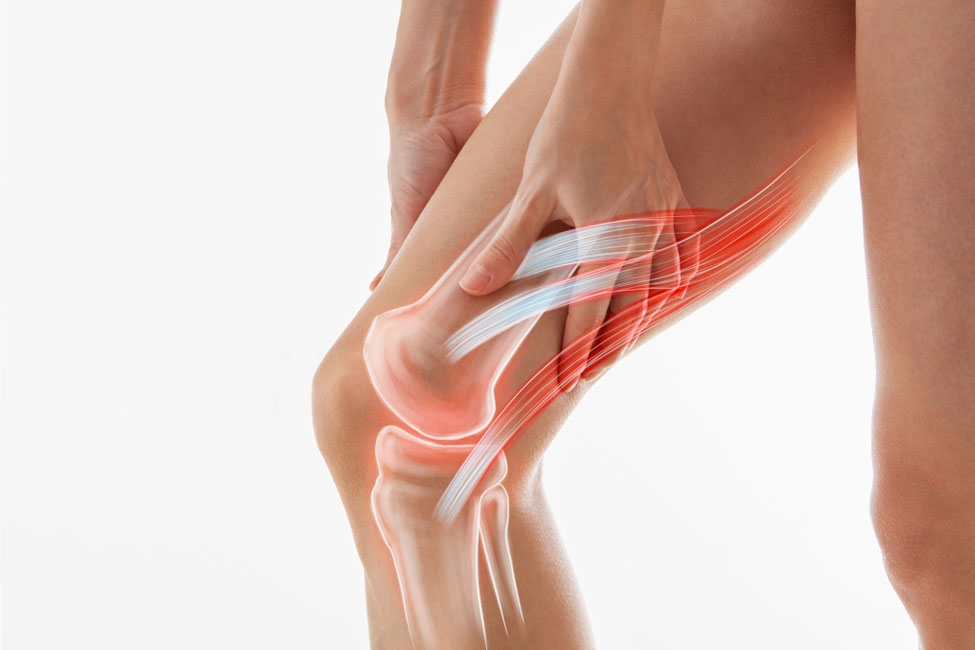Lacerations: Causes, Symptoms, Treatment, and Prevention
What is Lacerations?
Lacerations refer to cuts or tears in the skin that result from injury or trauma. They vary in depth and length and may cause damage to underlying tissues, such as muscles, tendons, or blood vessels. Lacerations can occur due to accidents, sharp objects, or traumatic incidents.
Type of Lacerations
Lacerations can be categorised based on their characteristics and severity:
- Superficial Lacerations: These are minor cuts that only affect the outermost layer of the skin (epidermis) and often do not extend deeper. They typically cause minimal bleeding and heal relatively quickly.
- Deep Lacerations: These are more severe and extend beyond the outer layer of skin, reaching the deeper tissues, such as the dermis, fat, muscle, or even bone. They often result in substantial bleeding, require medical attention, and may need stitches or other interventions to heal properly.
- Clean-Cut Lacerations: These lacerations are usually caused by sharp objects, resulting in clean, straight cuts. They have a higher chance of healing without complications.
- Irregular or Jagged Lacerations: Injuries caused by rough or uneven objects result in irregular or jagged wounds. They might be more prone to infection and may require careful cleaning and precise closure to heal effectively.
How Common is Lacerations?
Lacerations are prevalent and can happen to anyone, regardless of age or circumstances. They are one of the most common types of injuries, often occurring during accidents, falls, cuts from sharp objects, or during activities where there is a risk of injury, such as sports or handling sharp tools.
Causes of Lacerations
Lacerations can occur due to various circumstances and activities, including:
- Accidents: Common accidents in daily life, such as falls, collisions, or mishandling sharp objects, can result in lacerations.
- Sharp Objects: Contact with sharp objects like knives, broken glass, tools, or any object with a sharp edge can cause lacerations.
- Sports Injuries: Athletic activities, sports, or recreational endeavours can lead to cuts, especially if they involve sharp equipment or physical contact.
- Trauma: Car accidents, physical altercations, or other traumatic incidents can cause lacerations.
- Animal Bites or Scratches: Animal bites or scratches can result in lacerations, potentially causing a higher risk of infection.
- Industrial or Occupational Accidents: Jobs that involve machinery, cutting tools, or hazardous environments can lead to lacerations.
Symptoms of Lacerations
Symptoms associated with lacerations include:
- Visible Wound: A visible cut or tear in the skin, varying in depth, length, and severity.
- Bleeding: Lacerations often result in bleeding, which can range from minimal oozing in superficial wounds to significant bleeding in deeper or extensive cuts.
- Pain or Tenderness: The affected area can be painful, especially when the injury is fresh or if nerves are involved.
- Swelling and Redness: Surrounding tissue may become swollen and red due to the body’s natural inflammatory response to the injury.
- Possible Numbness: Deeper lacerations may affect nerves, resulting in temporary or prolonged numbness in the area.
- Difficulty Moving Affected Area: For lacerations that involve joints or limit movement, mobility in the affected area may be impaired.
- Risk of Infection: Depending on the cause and severity of the laceration, there’s a risk of infection. Symptoms of infection may include increased pain, warmth, redness, swelling, or pus.
Diagnosis of Lacerations
Diagnosing lacerations typically involves a physical examination and evaluation by a healthcare professional, which may include the following steps:
Visual Inspection
The orthopaedic specialist will visually examine the wound to assess its size, depth, and severity. This inspection helps determine the appropriate course of action for treatment.
Assessment for Nerve or Vascular Damage
In deep or complex lacerations, the healthcare professional may check for any damage to nerves, blood vessels, or underlying tissues.
X-rays or Imaging
If there is concern about foreign objects in the wound or if there is a possibility of bone damage, an X-ray or other imaging tests might be recommended.
Complications of Lacerations
Complications that may arise from lacerations include:
- Infection: The risk of infection is a primary concern, particularly with deeper or jagged lacerations. Bacteria can enter the wound, leading to local inflammation, redness, warmth, and possibly pus formation.
- Excessive Bleeding: While most lacerations stop bleeding on their own, deeper or larger wounds can cause significant blood loss. In severe cases, this may require medical intervention.
- Nerve or Tissue Damage: Deeper lacerations may affect underlying structures like nerves, tendons, or muscles, potentially causing lasting damage and affecting sensation or movement in the affected area.
- Scarring: Improper healing or deep wounds might result in visible scars, particularly in areas prone to stretching or movement, such as joints.
- Delayed Healing: If a laceration is not treated properly or becomes infected, it may delay the healing process, potentially leading to complications.
Treatment Options for Lacerations
Treatment for lacerations typically includes the following steps:
Cleaning the Wound
Thoroughly clean the laceration with mild soap and water to remove debris or dirt. This helps reduce the risk of infection.
Control Bleeding
Apply direct pressure with a clean cloth or sterile gauze to stop or control bleeding. Elevate the wound above the level of the heart, if possible.
Applying Antibacterial Ointment
After cleaning, apply an over-the-counter antibiotic ointment to reduce the risk of infection.
Closure of the Wound
Superficial lacerations may not need closure, while deeper or gaping wounds might require closure using adhesive strips, tissue glue, sutures, or stitches to help heal and minimise scarring. A professional usually performs this procedure.
Tetanus Shot
If the injury is severe or if it has been a while since your last tetanus shot, an orthopaedic specialist might recommend a tetanus booster.
Pain Management
Over-the-counter pain relievers may help manage pain associated with the injury.
Preventing Lacerations
Preventing lacerations involves various precautionary measures to reduce the risk of injuries:
- When engaging in activities that may pose a risk of injury, such as sports or working with sharp tools, wear appropriate protective gear, including gloves, goggles, or helmets.
- Handle knives, scissors, or other sharp objects carefully. Store them properly and keep them out of reach of children.
- Exercise caution in hazardous environments, such as construction sites or places with potentially sharp or dangerous objects.
- Childproof the environment by securing cabinets, covering sharp corners, and keeping dangerous objects out of reach of children.
- Ensure that play areas are free from sharp or dangerous objects and that children are supervised to prevent accidents.
- Gain knowledge of basic first aid, such as wound cleaning and dressing, to address minor injuries effectively.
Living with Lacerations
Living with lacerations involves providing proper care and attention to the wound to promote healing and prevent complications. Here are some essential considerations:
- Adhere to the instructions provided by healthcare professionals regarding wound care, medications, and follow-up appointments.
- Keep the wound clean and dry to facilitate healing. Change dressings as advised by your orthopaedic specialist.
- Avoid exposing the wound to substances that could cause irritation or infection, such as dirty environments or chemicals.
- Watch for signs of infection, like increased pain, redness, warmth, swelling, or pus. Seek medical attention if these symptoms occur.
- Eat a nutritious diet and maintain good hygiene to support the body’s natural healing processes.
- Avoid activities or movements that may strain or reopen the wound.
- Follow scar management techniques recommended by healthcare professionals to minimise scarring as the wound heals.
Lacerations, though common, require prompt attention and proper care to ensure effective healing and reduce the risk of complications. Taking preventive measures is essential to minimise the occurrence of these injuries. However, when lacerations do occur, proper treatment and wound care are crucial to aid in the healing process.
If you or a loved one experiences a laceration, seeking medical attention is vital, especially for deeper or severe wounds. The Orthopaedic Practice and Surgery Clinic is here to provide expert care and treatment for lacerations and related injuries. Don’t hesitate to schedule an appointment for professional evaluation and treatment.
Remember, ensuring proper wound care, following medical advice, and seeking timely treatment can significantly aid healing and reduce the risk of complications associated with lacerations.






